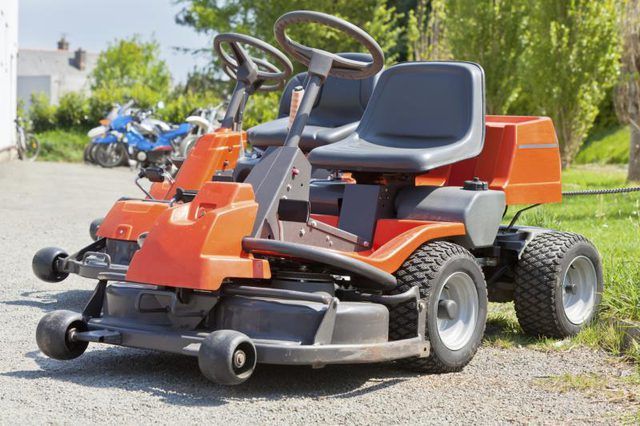Bulbs
Flower Basics
Flower Beds & Specialty Gardens
Flower Garden
Garden Furniture
Garden Gnomes
Garden Seeds
Garden Sheds
Garden Statues
Garden Tools & Supplies
Gardening Basics
Green & Organic
Groundcovers & Vines
Growing Annuals
Growing Basil
Growing Beans
Growing Berries
Growing Blueberries
Growing Cactus
Growing Corn
Growing Cotton
Growing Edibles
Growing Flowers
Growing Garlic
Growing Grapes
Growing Grass
Growing Herbs
Growing Jasmine
Growing Mint
Growing Mushrooms
Orchids
Growing Peanuts
Growing Perennials
Growing Plants
Growing Rosemary
Growing Roses
Growing Strawberries
Growing Sunflowers
Growing Thyme
Growing Tomatoes
Growing Tulips
Growing Vegetables
Herb Basics
Herb Garden
Indoor Growing
Landscaping Basics
Landscaping Patios
Landscaping Plants
Landscaping Shrubs
Landscaping Trees
Landscaping Walks & Pathways
Lawn Basics
Lawn Maintenance
Lawn Mowers
Lawn Ornaments
Lawn Planting
Lawn Tools
Outdoor Growing
Overall Landscape Planning
Pests, Weeds & Problems
Plant Basics
Rock Garden
Rose Garden
Shrubs
Soil
Specialty Gardens
Trees
Vegetable Garden
Yard Maintenance
How to Fix the Steering on a Riding Lawn Mower
How to Fix the Steering on a Riding Lawn Mower. When you notice that the steering on your riding mower is out of whack, it's imperative that you stop the machine and investigate further immediately. A mower with steering problems is a danger to you and others when the high-powered piece of equipment doesn't respond to a turn of the wheel...

When you notice that the steering on your riding mower is out of whack, it's imperative that you stop the machine and investigate further immediately. A mower with steering problems is a danger to you and others when the high-powered piece of equipment doesn't respond to a turn of the wheel immediately. Steering problems may arise from a multitude of causes, many of which you can repair yourself.
Incorrect Tire Pressure
Tire pressure is one of the easier problems to remedy when it comes to steering problems. Tires that are over- or under-inflated can cause steering problems. Check your riding mower's operator's manual to ascertain the correct amount of tire pressure for the mower's tires and then use a tire gauge to check each tire. If the psi of any of the tires is off, inflate or release air from the tires until they match the correct amount of psi suggested in the manual.
Slipped Steering Gear
If you've recently hit a stationary object like a tree, curb or brick or stone wall, it's possible you've dislodged the gear that controls the steering system. Once out of position, the gear won't right itself without your help. Simply loosen the bolt that holds the steering gear in place, turn the steering wheel fully to the left and listen for the sound of the gear popping back to its rightful position. Tighten the bolt after the repair and proceed to mow the lawn as usual. If the gear is damaged beyond repair, replace it with a new one.
Dislodged Ball Joint
Another consequence of hitting a hard object with a riding mower is a dislodged ball joint. When the ball joint pops out of place, the steering suffers. Examine the mower to determine whether the ball joints are in place. If one or more have been dislodged, loosen the bolts on the ball joint assembly, pop the ball joint back into place and tighten the nuts until they're secure. Turn the steering wheel to the right and left afterward to see if the wheels respond appropriately.
Worn or Damaged Bushings
When the steering system bushing becomes worn or damaged, the steering may fail to respond as it should. The steering system bushing is located beneath the steering gear. To replace the bushing, remove the nut that holds the gear in place, pull the gear off the machine and remove the bushing that lies underneath it. Insert the new bushing, replace the gear and reinstall the nut that you removed to get to the gear and bushing.